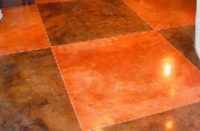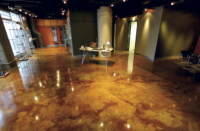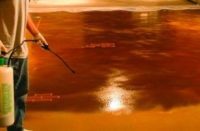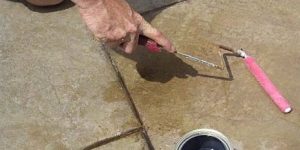
Sometimes a coat of sealer will pop back up just hours after you’ve put it down. Here’s how to keep it in its place.
You can’t use sealer on wet concrete. Everybody knows that. But how do you know when the concrete is fully dry? “The concrete can look dry, but there could still be moisture on the inside,” says Bart Sacco, owner of Concrete Texturing Tool & Supply Inc. in Throop, Pa. “If that moisture on the inside leaks out, you have trouble later on.”
Sacco tells the story of a contractor who applied a solvent-based sealer on a pool deck.
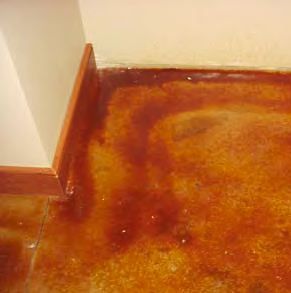 When the contractor applied the sealer on the dry-appearing deck, it looked great. “Everything was good. The pool deck looked perfect,” says Sacco. But when the contractor came back from errands, the sealer had lifted off in sheets. “The whole deck peeled like saran wrap,” says Sacco.
When the contractor applied the sealer on the dry-appearing deck, it looked great. “Everything was good. The pool deck looked perfect,” says Sacco. But when the contractor came back from errands, the sealer had lifted off in sheets. “The whole deck peeled like saran wrap,” says Sacco.
Water is the bane of most sealing jobs. “Moisture is the paramount problem,” says Jim Glessner, owner of GST International, a sealer supplier in Reno, Nev. “There are a thousand reasons moisture causes problems. Often it’s lack of curing time.”
Glessner says a slab should sit for 30 days at 72 degrees or more and 50 percent humidity at most before applying sealer.
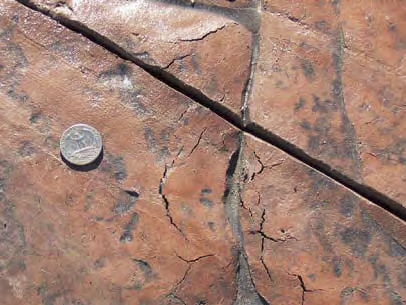 |
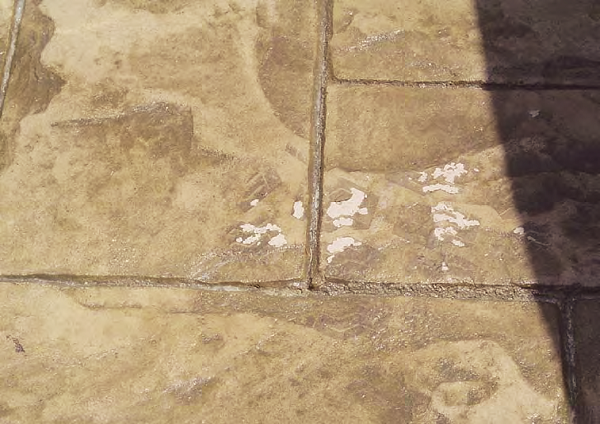 |
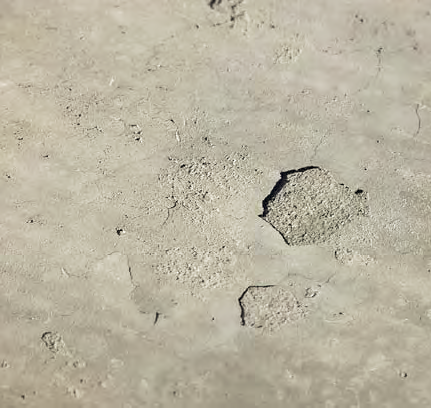 |
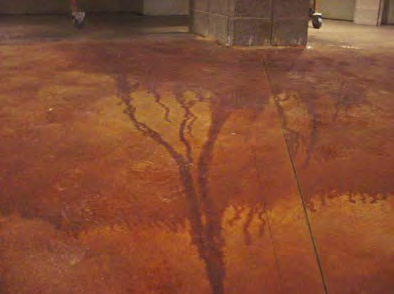 |
Glessner also notes that slabs need a vapor barrier to keep ground moisture from coming up through the concrete. “We were sealing a new pour at a Sacramento home. A pour around the pool didn’t have a single issue,” says Glessner. “But another pour at the house didn’t have a vapor membrane underneath, so the concrete was wet all the time.”
An acrylic sealer was applied and 24 hours later it was snow white. “The white covered a beautiful amber stain,” says Glessner. “I gave them a solution to fix it, but it was short-term. Ultimately they would have to dig out and put in a vapor layer.”Moisture in the air can also cause sealer problems. Gerald Taylor, owner of Images in Concrete, waited 30 days for a basement slab to cure before applying sealant. “As soon as I went into the house on the day we were going to apply sealer, I noticed the air conditioner was on,” says Taylor. “I painted sealer on the edges and it turned completely white.” He did a calcium chloride moisture test and found the concrete had 19 pounds of moisture. “That’s many times higher than it should be,” says Taylor.Taylor recommends extensive training to avoid sealer problems. Taylor has consulted with other contractors and sealant suppliers to learn how to avoid problems. He found good information on sealers at The Stamp Store’s training as well as at Bob Harris’ Decorative Concrete Institute.
Not all problems are related to moisture. Sometimes the wrong sealer is used. “I once saw a couple coats of solvent sealer applied to the floor of a bagel shop,” says Dean Owen, president of Arizona Polymer Flooring in Glendale, Ariz. “Two coats of solvent sealer is not designed to protect against heavy foot traffic.”
Foot traffic is very abrasive. It’s even rougher on sealant than vehicle traffic. “Pretty soon, the foot traffic wore right through the sealer and into the stain,” says Owen. “You can never get it to look right after that.”
For foot traffic, Owen recommends a heavy-duty sealant. “Epoxies and especially polyurethanes are the products of choice to protect against heavy foot traffic abrasion.”
